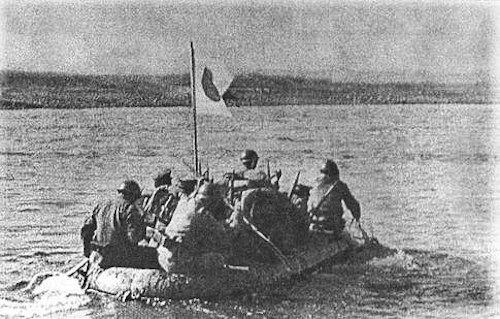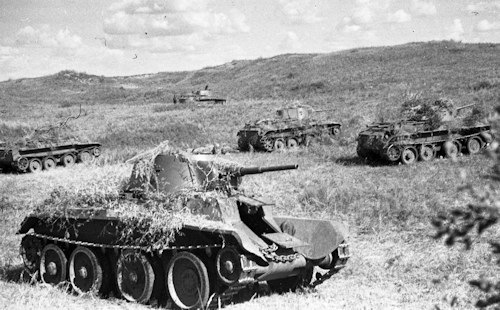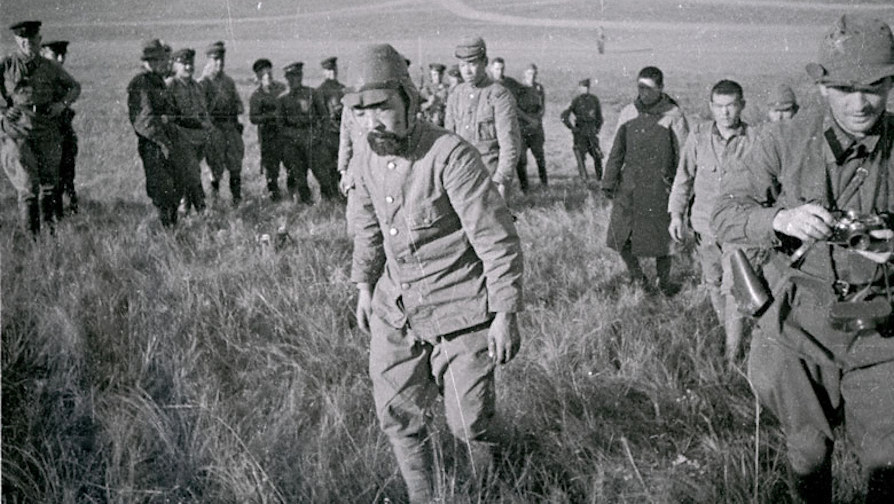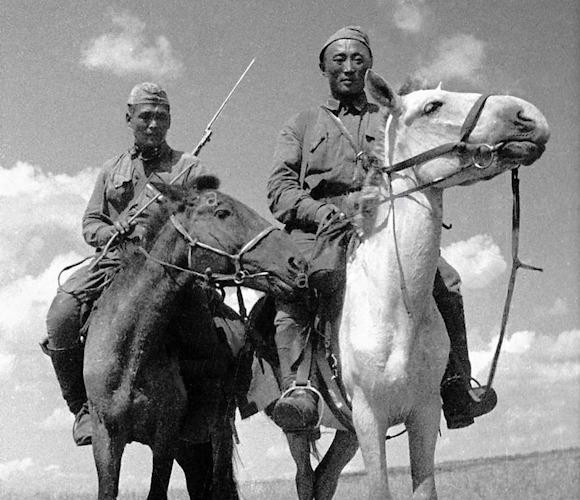Since Japan appears on the world scene in the second half of the nineteenth century, its geopolitical aims put it in open contrast with the regional interests of the Russian Empire.
In the 1873 the Tokyo government starts planning for Japanese penetration in continental Asia, starting with China. However, only in the 1894 does the Meiji government feel strong enough, especially from the economic-military point of view, to declare war on it.
The Imperial Army occupies the Korean peninsula and enters Manchuria, while the Imperial Navy blocks the access to the Yellow Sea.
In April of the 1895 a peace treaty puts an end to the First Sino-Japanese War. At the beginning of the 20th century, Tokyo formed an alliance with Britain in an anti-Russian function, and in January 1904 sent an ultimatum to Moscow, with a request to withdraw its troops from Manchuria. On February 10 the ultimatum is rejected and consequently Japan declares war on the Russian Empire.
Following the naval victories reported in Port Arthur and Tsushima, Tokyo obtains recognition of his claims on Korea and southern Manchuria.
 Just this last territory returns to be a cause for confrontation - bordering on China, the Soviet Union and the Japanese Protectorate of Korea - in the years' 30, in fact 18 September 1931 the Mukden incident occurs (photo), with a false sabotage of the railway line, which causes the Japanese invasion of Manchuria and the constitution of the Manchuquo puppet state.
Just this last territory returns to be a cause for confrontation - bordering on China, the Soviet Union and the Japanese Protectorate of Korea - in the years' 30, in fact 18 September 1931 the Mukden incident occurs (photo), with a false sabotage of the railway line, which causes the Japanese invasion of Manchuria and the constitution of the Manchuquo puppet state.
The 7 July 1937, following the accident of the Marco Polo Bridge, in the town of Loukouchiao southwest of Beijing, Japan invades northern China, starting the Second Sino-Japanese War. The sending by Moscow of four hunting squadrons and two bombers (officially with volunteer personnel and under Chinese insignia), fails to delay the invasion.
Given the geopolitical convergences in the region, it seems inevitable that, after the conclusion of the operations against China, there will be a clash between the military departments of Japan and those of the Soviet Union.
11 May 1939 a group of Mongolian knights (Mongolia is an ally of the USSR) cross the Khalkhyn Gol river that marks the border, for the Japanese, between Mongolia and the Manchuquo (while for the Mongols and their Soviet allies the line of demarcation is at 15 km further east), they are attacked by the Manchuquo cavalry and are forced to retreat over the river.
 Judging it as a provocation, the 13 in May, the Mongols return with greater forces but, the next day, they clash with two Japanese regiments of the 23ᵃ Division and withdraw. A few days later they recur supported by the 57 Special Soviet Corps surrounding one of the two Japanese regiments and annihilating it. The answer is in the form of an aerial bombardment of the Eamsak-Bulak airport in Mongolia, where Soviet aircraft are deployed. The attack takes place without the authorization of the Tokyo Government which orders to cease further attacks in Mongolian territory.
Judging it as a provocation, the 13 in May, the Mongols return with greater forces but, the next day, they clash with two Japanese regiments of the 23ᵃ Division and withdraw. A few days later they recur supported by the 57 Special Soviet Corps surrounding one of the two Japanese regiments and annihilating it. The answer is in the form of an aerial bombardment of the Eamsak-Bulak airport in Mongolia, where Soviet aircraft are deployed. The attack takes place without the authorization of the Tokyo Government which orders to cease further attacks in Mongolian territory.
In June the command of the Soviet forces in the theater is taken by Lieutenant General Zhukov (in the photo, right), but during the month there are only a few skirmishes on the border.
The 2 July, two divisions of the Imperial Army, taking advantage of the momentary inactivity of the Soviet aviation, resume the offensive and force the Mongol-Soviet forces to fall back. Moscow reacts by further strengthening the air component, sending a greater number of Tupolev SB-2 bombers to support land departments.
 The Japanese offensive takes place on two lines: on a three regiments they must cross the river to attack enemy forces deployed on the Baintsagan hill and then head south towards the Kawatama bridge.
The Japanese offensive takes place on two lines: on a three regiments they must cross the river to attack enemy forces deployed on the Baintsagan hill and then head south towards the Kawatama bridge.
On the other route, two chariot regiments, several infantry and one artillery battalions, must attack Soviet forces across the Khalkhyn River. The advance is very difficult also due to the pressure exerted by the Soviet aircraft, but above all because the Japanese are facing three divisions and 5 Soviet armored brigades.
The 23 July Japanese forces resume large-scale offensive but once again fail to break through the enemy device. The Japanese Commands have serious difficulties in getting the supplies needed to fuel the front-line attack. Even the Soviets have the same difficulties, however Zhukov manages to put together around 2.500 trucks that can supply the troops with fuel and ammunition. The Japanese instead are penalized by the fact that the bulk of their forces are engaged in China.
In the following three weeks, above all, there are aerial bombing actions, and the appearance of I-16 with the armored cabin and armed with two 20 mm wing cannons is particularly effective.
 In the last days of August of the 1939 Zhukov decides that the time has come for a final offensive, fielding three infantry divisions, two battleships, more 5 armored brigades, two motorized armored cars, and two Mongolian cavalry divisions, for a total of 498 tanks, with 250 air support between bombers and fighters.
In the last days of August of the 1939 Zhukov decides that the time has come for a final offensive, fielding three infantry divisions, two battleships, more 5 armored brigades, two motorized armored cars, and two Mongolian cavalry divisions, for a total of 498 tanks, with 250 air support between bombers and fighters.
The Japanese can deploy only two light armored divisions and one infantry division but, what most worries the Japanese Commands, is the total lack of information about Zhukov's attack plan.
The 20 August the Soviets, with three infantry divisions, an armored brigade and various artillery units, cross the river managing to encircle the Japanese 23ᵃ Division in Nomonhan. Despite various attempts, the Japanese soldiers fail to break the encirclement and, due to their warrior tradition, refuse to surrender. They are then subjected to massive artillery bombardments and aviation. The operations end on August 27 and negotiations for the ceasefire drag on until the 15 September.
Tokyo is forced to recognize the border with the Manchuquo traced by the Russian-Mongolian side and, the 13 April 1941, signs a neutrality pact with Moscow. A pact that will allow Stalin, eight months later, to move the Siberian divisions to defend the Soviet capital from the German attack, thus almost certainly avoiding the capitulation.

Photo: web












